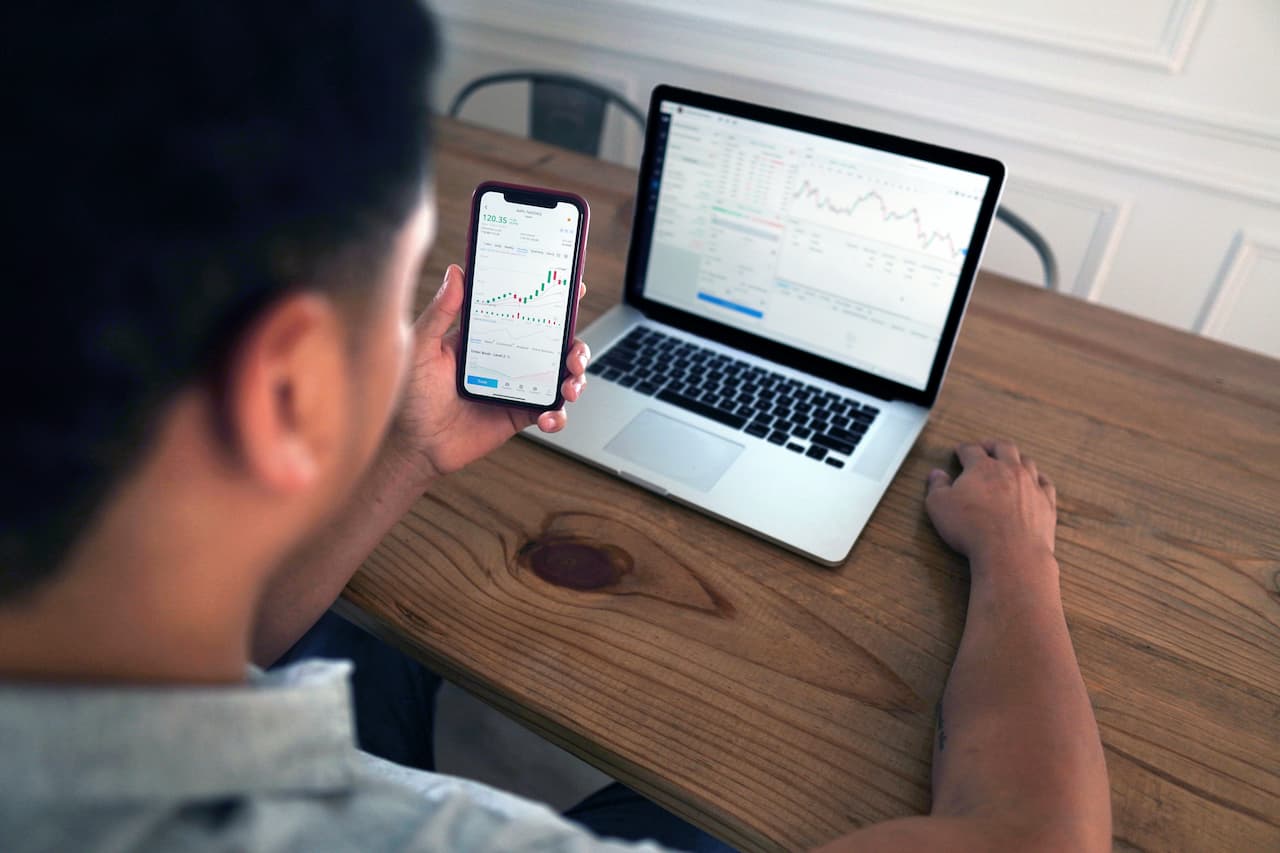The modern banking industry is rapidly changing thanks to new and innovative technologies. We’ve fallen out of our comfort zone and into a new world. Gone are the days when simple deposits, complicated loans, and long queues for customer service were the norm. Now it’s all about traveling with your bank at your fingertips, ordering your lunch without leaving your office, or checking into a foreign country via your mobile phone.
This blog looks at six technologies that will revolutionize how banking works and how we do our business.
1. Artificial Intelligence
Artificial intelligence is one of the most talked about technologies in banking today. The technology, which mimics human behavior, is already used by banks to help with everything from simple customer service inquiries to fraud prevention and cyber security.
AI-powered chatbots are becoming increasingly popular, but they’re just the tip of the iceberg. Banks also use AI to address complex problems like fraud detection, customer segmentation, and risk management.
The technology can help with everything from simple customer service inquiries to fraud prevention and cyber security.
Chatbots are one way banks use artificial intelligence (AI) to improve customer service. They also make it easier for consumers to interact with their financial institution online or through a mobile app.
Banks have long used automated phone systems to check balances or transfer money between accounts. But chatbots allow customers to ask more complex questions without speaking with a human representative — saving banks money while increasing efficiency for both parties.
2. Faster Payments
Faster payments is a system that allows companies to make and receive payments in real-time. This technology has been around for a while, but it’s only recently become popular. These days, most businesses are using this service to send money to each other instantly. This means you can send money from one account to another in less than an hour!
The future of faster payments is bright because it has the potential to change the way we handle our finances. However, there are still some kinks to work out before this technology can reach its full potential.
3. Better Security Features
The security of your banking information is a top concern for consumers, so banks are working hard to make their apps and websites more secure. Online banking has been around for more than 20 years now, but it’s still a new concept to many.
As a result, banks have focused on educating customers on how to use online banking safely and securely. In addition, they’re also improving their security features to protect users from fraud and identity theft. Some of these include:
- Two-factor authentication: You’ll need more than just a password to log in to your accounts. You’ll often need to enter a verification code that’s sent to your phone or entered through a separate device like an ATM or debit card reader.
Two-factor authentication makes it harder for hackers to get into your account. They’d need both your password and one of these additional access methods.
- Transaction alerts: To help protect against fraud and identity theft, many banks offer transaction alerts that let you know when something unusual happens with your account — such as if someone tries to withdraw money from an ATM that isn’t part of their network or if there’s suspicious activity on a debit card linked
4. New Payment Methods
Banks are also looking into other payment methods like contactless cards and mobile payments. Contactless cards are similar to credit cards but don’t require you to swipe them at checkout. You can simply tap them.
Mobile payments let you pay for purchases using your smartphone instead of a card or cash. This can happen through apps like Google Pay or Apple Pay or by sending money through messaging apps like WhatsApp or Facebook Messenger.
These systems don’t have as many security concerns as traditional online banking. They use two-step authentication that requires both your password and a code sent by text message before authorizing any transactions made on your account.
5. Big Data Analytics
Big data analytics is the process of extracting knowledge from large data sets. It gives insight into the past, present, and future events to make better business decisions. Big data analytics can be useful in many fields, including banking.
With more than 2 billion customers worldwide, financial institutions have a wealth of information at their fingertips. They collect this data via customer transactions, social media interactions, and other sources. Big data analytics can use this information to improve customer experience and increase revenue.
For example, banks use big data analytics to collect information about customer spending habits and usage patterns. This allows them to make smarter decisions about which products and services to offer customers based on what they need versus what they think they might need or want in the future.
6. Blockchain Technology
A blockchain is a decentralized digital ledger that records transactions across many computers. It prevents the registered transactions from getting altered retroactively without all parties’ consensus. The result? A tamper-proof record that no one can change without leaving a trace.
Blockchains provide an open platform for anyone with an internet connection to access information about transactions on a public ledger. This allows anyone with access to the public ledger to verify transactions without relying on a third party such as a bank or government agency.

Takeaway
The list of technologies disrupting current banking processes is expanding ever faster. Innovation does not always have to come from powerful, flashy startups or the likes of Google—often, the best things come from within the banking industry itself.



